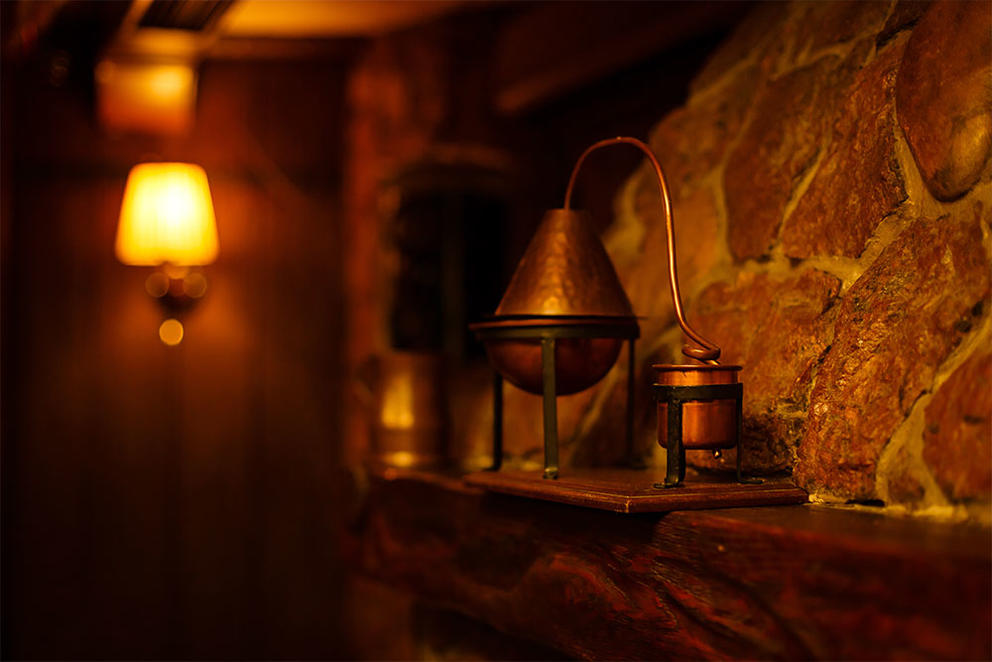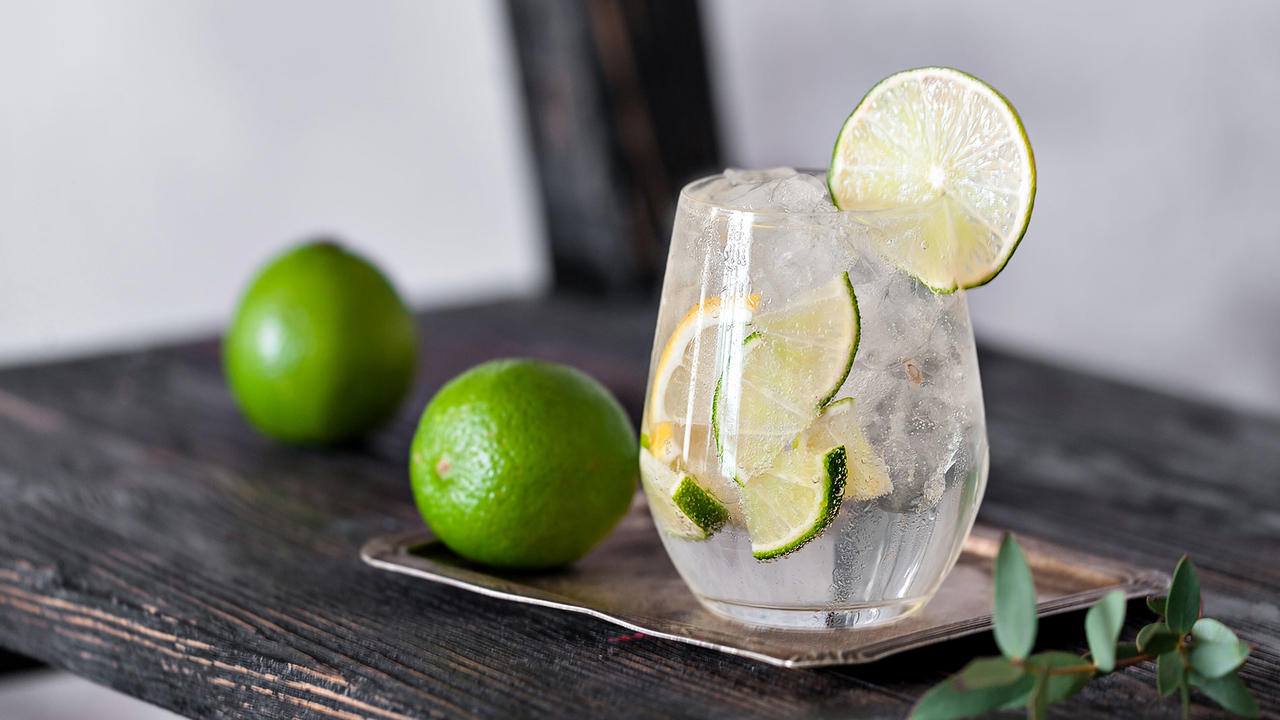Are you looking to become a 5-star Gin cocktail maker with a strong knowledge base on what it takes to make it? If the answer is a resounding YES, then here’s what you need to know about that popular spirit, Gin!
Whether that cocktail of choice is a Martini consisting of gin — not Vodka — gin and tonic, or another cocktail that has quickly gained a niche following or international buzz, there is plenty to know about this spirit. Before you decide to step up your cocktail game, there are many flavours, styles, and trendy brands to keep in mind.
By understanding more about this popular spirit, it can help you reach the apex of knowledge as you grow as a cocktail maker. We understand that there is a lot to digest when it comes to this delectable concoction of this juniper berry infused spirit of choice.
What Is the Short History of Gin?
Although Dutch physician, Farmer John is often given credit for inventing the liquor, it’s noted origins go back to the 17th century. This liquor has evolved from its use as a herbal-based medicine to a significant player in the spirits business. Today, this juniper-based liquor falls under a broad category of styles, origins, and flavors. However, it’s lineage is based on the Dutch alcohol, jenever. The distinct flavor of this liquor comes from the Juniper berry (Juniperus communis), which a few key residents of Holland decided needed a flavor of juniper to give the concoction that unique taste.
British troops were given “Dutch Courage” in the very damp conditions that made the warming quality of the liquor quite attractive to these men during the Thirty Years War. The King of England was also a supporter of this original Dutch liquor.
Around the time that William III of England (Willam of Orange) took the throne in the late 1600s, the King enacted statutes that allowed for distilling gin and making gin. Because of the ease at which the English could go about distilling gin and making gin, the consumption of this spirit exploded in popularity due to the William III. Some of the English workers during the time of William III’s reign were paid in bottles of spirits.
What are the different types that are currently available to consume?
Depending on which liquor connoisseur you ask, some would say there are only four types, but others might argue that there is a fifth. For this example, we will try and give equal time and reverence to all five. We will start with the fifth style first since it is the newest one on the scene and an interesting style when discussing these varieties.
This newest style is considered the “New American” or “International Style.” Scotland’s own, Hendrick’s brand would fall under this new, fifth style. Hendrick’s produces a spirit that is infused with cucumber and a Bulgarian rose petal.
For a Western Dry brand like Tanqueray, it is a strong option to the juniper-infused taste and aromatics of the English or Scottish gin varieties. This new citrus flavor of Tanqueray or “Tanqueray No. Ten” provides an opportunity to enjoy a fresh taste that is not juniper based.
#1. LONDON DRY
The London Dry is a style and option that most people who consume this spirit would consider the original. This English spirit is heavily infused with a juniper flavour, very aromatic, and light in body. The London Dry is infused with a mix of aromatic ingredients usually during the second distillation. Whether it is the classic martini, Aviation cocktail, or the gin and tonic, London Dry is requested by many as their English gin of choice, based on its reputation as a quality gin.
Drink Choice: The Perfect Martini.
#2. PLYMOUTH
The Plymouth style is a well-known variety, which hails from Plymouth, England. This style — infused with many more roots — has a flavor that is much more earthy and less dry compared to London Dry. If a dry style is what you pine for, then Plymouth (on the rocks) is a popular style to use for for martini making.
Drink Choice: Vesper. Just add Vodka, Plymouth, and Lillet Blanc and it is suitable for any 007 — shaken, not stirred.
#3. DUTCH – GENEVER
This third style of Dutch or Genever is one that contains many different colors and tastes compared to the other styles like London Dry, and Plymouth. Made from the base of grains of malt, tasting these concoctions will leave you looking at a darker color, and tasting a flavour that is similar to a whiskey crafted suing light-bodied botanicals. Whether chilled or on the rocks, Genever and Dutch gin varieties will leave you with a new vibe, and a new taste that spirit lovers can truly savor, sip by sip.
Drink Choice: The Dutch Apple. Heat up the apple cider and mix in Genver on those damp, chilly days — stir, don’t shake.
#4. OLD TOM
“Old Tom” — a reference to the Tom Collins — is a style that is considered to be a much sweeter version, compared its cousin, the London Dry. Old Tom is considered to be a fusion between the Genever and the London Dry.
Drink Choice: Tom Collins, of course.
#5. NEW AMERICAN
The Western Dry style was popularized by big liquor brands and astute beverage marketers over the last decade to entice the dominating group of liquor drinkers — die-hard traditionalists — who only consider gin drinks carrying a Dutch and English juniper flavour.
Drink Choice: Aviation Cocktail. This sky blue cocktail includes Aviation American, Maraschino liqueur, Crème de violette and lemon juice.
How Does Distilling Work?

Known as a unique spirit, Gin is said to be neutral tasting after the distillation process, but over its history has been mixed with many botanicals to give it that distinct taste. This spirit must use some botanical to be considered the “real deal.” Botanicals are classified as fruit, roots, berries, herbs, and seeds. You can choose a combination of fruits and roots, berries and herbs, or other mix to make your own tasty batch.
Getting a strong juniper taste involves the distillation of grain mash, first, and then a pot still, second. In the mid-1600s, distillers popularized the redistilling of malt wine by adding juniper, caraway, coriander, etc.
Grain mash can also be redistilled a second or third time along with the infusion of a flavoring agent — this is also called a botanical. There are many botanicals to choose from like licorice, cloves, lime, lemon, orange peel, cassia, anise, fennel, cardamom seeds and more.
Although there are hundreds of gin botanicals available to flavor dry gin, here is a list of the two most popular ones:
- Juniper Berries(Juniperus communis): Juniper is the main flavor in these spirits, and is part of the cypress family of plants. These berries are usually harvested from countries like India, Macedonia, Italy and Serbia.
- Coriander Seeds: As the second most critical source for this spirit’s flavoring, the essential oil in coriander is called linalool. Linalool produces a taste of sage, lemon, and ginger. Its aromas are fragrant, spicy, and mellow. The Coriander seed comes from Russia, Bulgaria, Moldavia, Morocco, and Romania.
The two gin botanicals of Juniper berry and Coriander are important botanicals because they have provided those distinct gin flavours since the Dutch decided their medicinal tinctures. The Dutch wanted a flavor that would spark a new taste instead of the neutral taste of the concoction called jenever.
What Are Some of the Most Popular Gin Brands?
Here are ten of the most popular gin brands include Hendrick’s, Beefeater, Tanqueray No. Ten, Bombay Sapphire, Plymouth, Bols Genever, Aviation American, Martin Miller’s, Carounn Small Batch, and Dorothy Parker, and Breukelen Distilling.
Here are ten different gins to consider, research, and taste. These ten can provide unique gin flavours can leave liquor imbiber wanting more. These ten brands provide some distinct flavours like grapefruit, ginger, rosemary, and lemon (Breukelen brand), juniper, elderberries, and hibiscus (Dorothy Parker brand), or a cocktail infused with sarsaparilla, orange peel and lavender (Aviation American).
There are also the “traditional” choices like Hendrick’s. The makers of Hendrick’s touts the infusion of 12 botanicals that are infused into distilled, small batches, and are delectable for those longtime cocktail aficionados and those newbies who have arrived on the scene. The good news? There are many different gins to choose for those intuitive liquor consuming types, future bartenders, distillers, and more.
Want to be an expert in all things spirits? Why not check out our bartending courses here.

